Low capacity and efficiency in exploiting infrastructure assets
In the proposal to develop the Railway Law (amended) submitted to the Government, the Ministry of Transport proposed a policy for managing and exploiting railway infrastructure, clearly classifying assets to suit reality.
According to the Ministry of Transport, the current capacity and efficiency of exploiting railway infrastructure assets are still low, not commensurate with the scale of assets assigned by the State because the exploitation mechanism is not yet linked to the market. For example, in 2022, the state budget will collect fees for using and leasing national railway infrastructure assets of VND 240,721 billion/total value of national railway infrastructure assets of more than VND 16,000 billion.
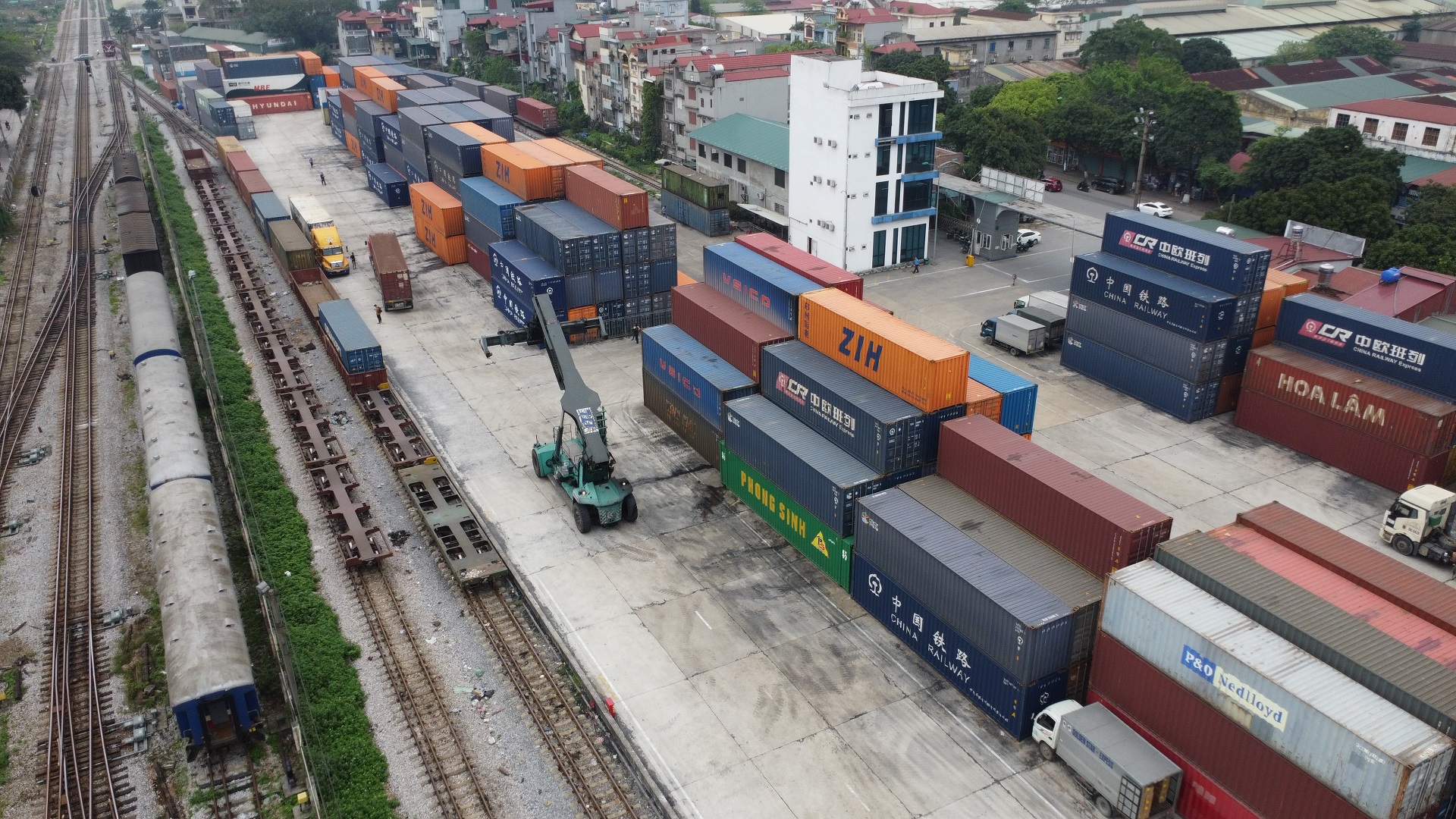
The Ministry of Transport proposes a policy for managing and exploiting railway infrastructure, clearly classifying assets to suit reality (Photo: illustration).
On the other hand, the regulations on classifying railway infrastructure assets are not suitable for practice, so management and exploitation face many difficulties... The 2017 Railway Law stipulates the classification of railway infrastructure assets including: Railway infrastructure assets directly serving train operations and railway infrastructure assets not directly serving train operations.
However, in reality, there are some types of assets that have no basis to distinguish whether they directly or indirectly serve train operations, such as: Roads in stations, warehouses and storage yards...
The 2017 Railway Law also does not have regulations on: Mechanism for using enterprise capital to expand and upgrade national railway infrastructure; On investment, management, maintenance and exploitation of regional railways.
At the same time, it is not clear that the road leading to the station only serves railway transport activities and belongs to the national railway infrastructure assets, so there is no budget for management and maintenance. This leads to poor road quality, many road positions leading to the station are encroached, affecting the travel of customers and the clearance of goods, reducing the competitiveness of railway transport and wasting railway infrastructure.
Regarding land for railways, currently most of the land for railways at stations is being managed by records because there are no conditions to build protective fences; the railway traffic safety corridor does not have conditions to determine boundaries and set up markers, so encroachment and occupation often occur, causing disorder in railway traffic safety.
Classify assets, calculate correctly and fully the infrastructure rental price
From this reality, the Ministry of Transport proposes a policy on management and exploitation of railway infrastructure, aiming to unify the regulations on management and use of land for railways of the Railway Law (amended) with the provisions of the draft Land Law (amended) and improve the efficiency of land management for railways. Develop a mechanism for management, use and exploitation of assets appropriate to the specific nature of railway infrastructure assets.
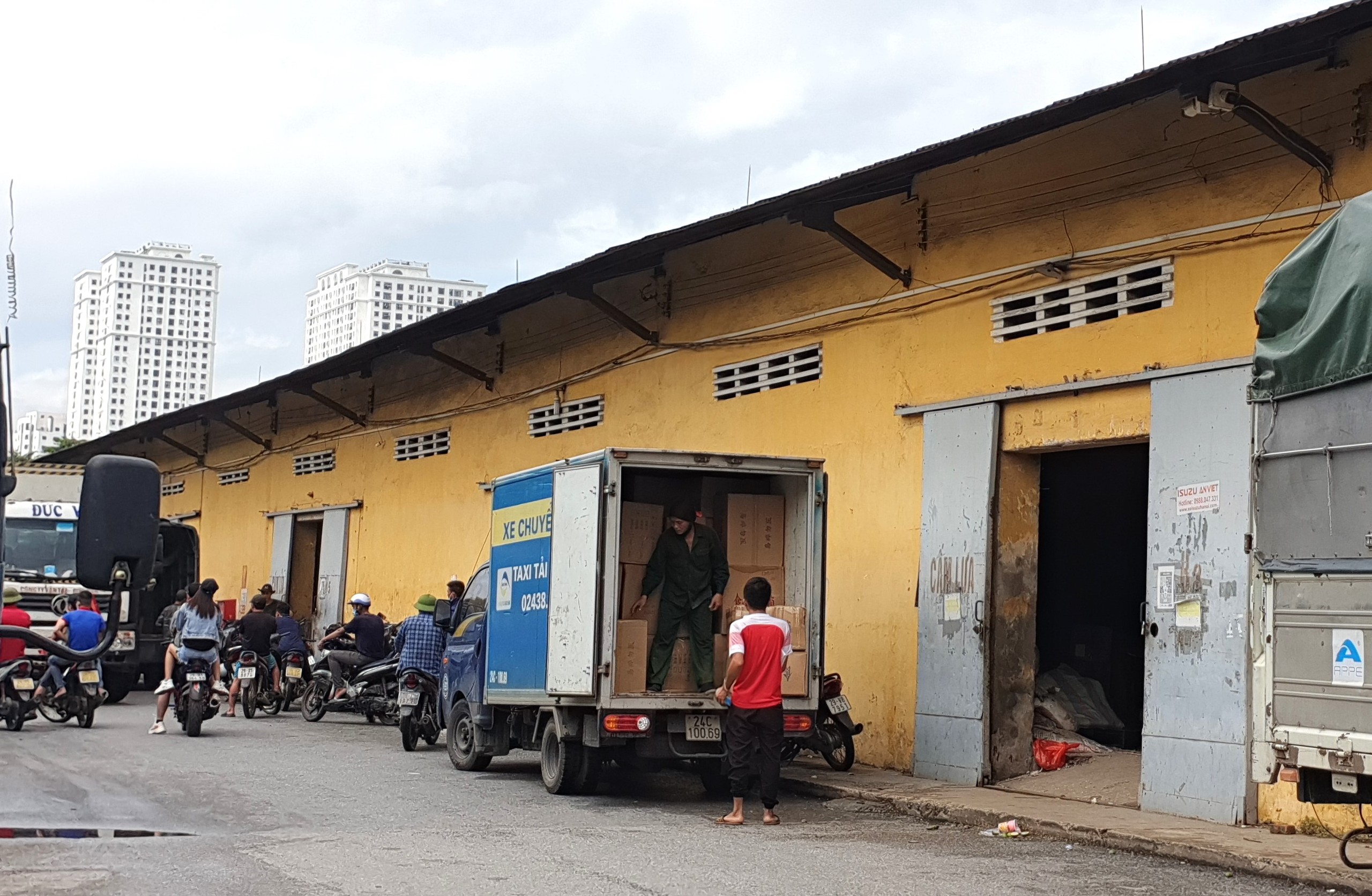
The Ministry of Transport proposed classifying railway infrastructure assets according to their origin and function to clearly determine usage fees and railway infrastructure rental prices to ensure transparency, accuracy and completeness (Photo: Giap Bat Station Depot is a railway infrastructure asset, leased by the State).
Accordingly, the amendment of regulations on railway land ensures consistency with the content of the Land Law (amended). Supplementing regulations on the mechanism for allocating funds to organize the implementation of determining land boundaries for railways, establishing land management records for railways; implementing the installation of markers, restoring land boundaries for railways... as a basis for management work according to the provisions of the Land Law and the Railway Law. Supplementing regulations for newly built railway projects with operating speeds of 120km/h or more must build protective fences. The goal is to ensure safety during operation and exploitation, avoiding encroachment.
Regarding asset management and exploitation, the Ministry of Transport proposed to amend and supplement regulations on the classification of railway infrastructure assets to suit reality: Classify railway infrastructure assets (national/urban) according to the origin of asset formation (including assets invested by the State and assets invested by enterprises) and function and purpose of use (including railway infrastructure assets serving railway transport business activities and railway infrastructure assets not serving railway transport business activities).
At the same time, supplement regulations on the mechanism for exploiting national railway infrastructure assets in cases where railway infrastructure business enterprises are assigned to manage national railway infrastructure assets without calculating the state capital component in the enterprise; regulations on assigning a number of national railway infrastructure asset items (stations, freight yards, etc.) to enterprises in the form of calculating the state capital component in the enterprise.
Supplementing regulations on roads connecting to railway stations that only serve railway transport activities are railway infrastructure assets. Amending regulations to clearly define the subjects assigned to manage railway infrastructure assets for newly invested and constructed railway lines and for existing railways.
According to the Ministry of Transport, the classification of railway infrastructure assets according to their origin, function and purpose of use aims to clearly determine usage fees and railway infrastructure rental prices to ensure transparency, correct calculation, full calculation, no loss or waste of state assets; improve the efficiency of exploiting railway infrastructure assets and railway business activities.
Source: https://www.baogiaothong.vn/can-phan-loai-ro-tai-san-tinh-dung-gia-thue-ha-tang-duong-sat-192240123175943803.htm


![[Photo] Prime Minister Pham Minh Chinh chairs conference on anti-smuggling, trade fraud, and counterfeit goods](https://vphoto.vietnam.vn/thumb/1200x675/vietnam/resource/IMAGE/2025/5/14/6cd67667e99e4248b7d4f587fd21e37c)











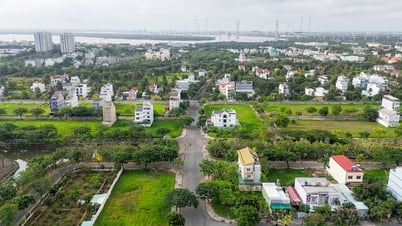
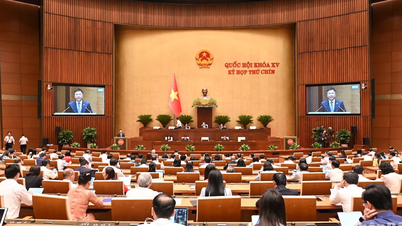
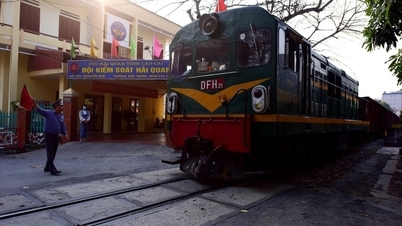





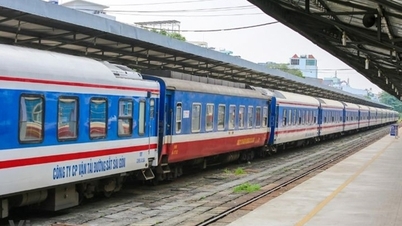

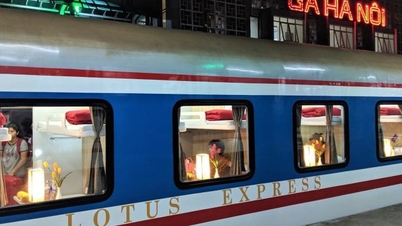

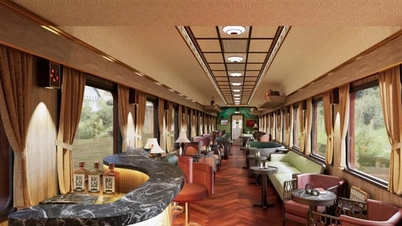
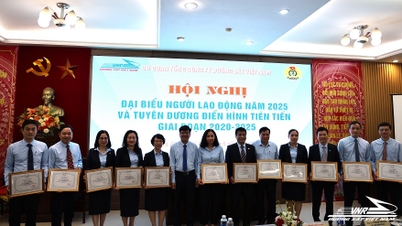






















































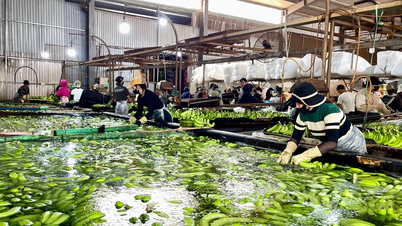
















Comment (0)